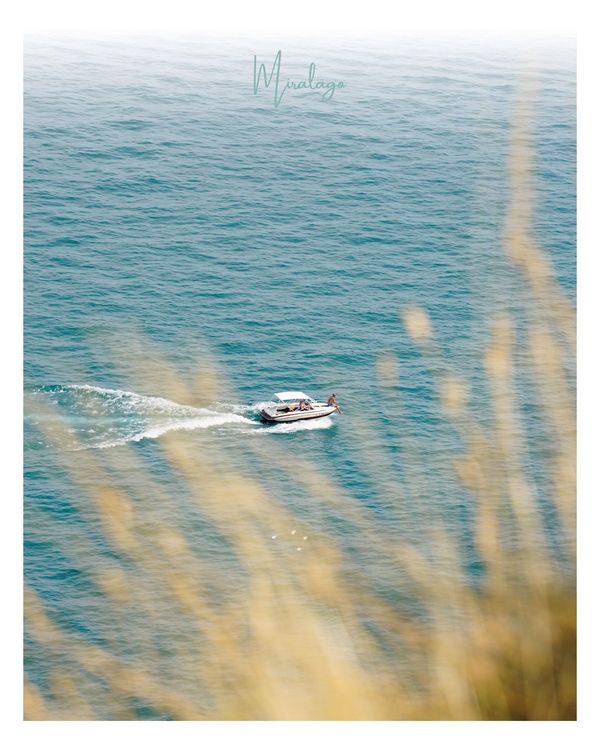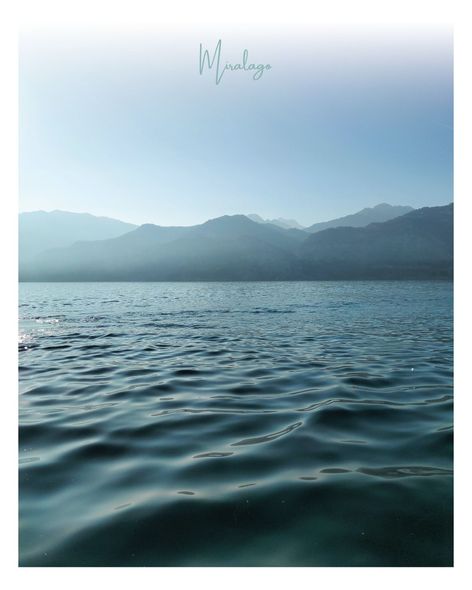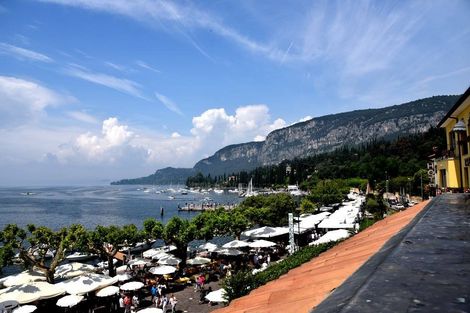Garda: History, Architecture, and Picturesque Places of Interest
Mediterranean Charm on the Shores of Lake Garda
Garda, located approximately 35 kilometres from Verona, occupies a north-western position in relation to the capital. Overlooking the Veronese coast of Lake Garda, formerly known as Benàcus or Benàco, the town extends in the centre of the homonymous gulf, characterised by the presence of a small peninsula that includes Punta San Vigilio and the Bay of Sirens. The borders of Garda extend to the south with Bardolino, to the north with Torri del Benaco, to the east with Costermano sul Garda, and to the west with the Brescia municipalities of San Felice del Benaco and Manerba del Garda.
Garda enjoys a sub-Mediterranean climate, typical of locations on the shores of Lake Garda, thanks to the mitigating action of the large body of water.
FROM THE LONGOBARD FORTRESS TO THE IMPRISONED QUEEN
THE HIDDEN HISTORY OF GARDA:
From a historical perspective, the toponym Garda derives from the Lombard word "warda," referring to the fortress built during the early barbarian invasions on the Rocca di Garda. The Rocca is famous for imprisoning Queen Adelaide of Burgundy in the Middle Ages. Garda was also the administrative centre in the medieval period and hosted the Corporation of the Ancient Originals, with rights over fishing in the lake's waters.
MONUMENTS AND PLACES OF INTEREST
Garda is enriched with monuments and places of interest, with the Rocca dominating the inhabited centre since the time of the Lombards. Among the religious architectures, the Pieve di Santa Maria Assunta and the Hermitage of the Camaldolese represent historical testimonies. Numerous villas and palaces, such as Palazzo dei Capitani and Villa degli Albertini, enrich the architectural heritage of the town.
Punta San Vigilio, owned by the Counts Guarienti di Brenzone, is a picturesque peninsula that closes the north-western part of the Gulf of Garda, with a rich history of illustrious visitors over the years, including historical figures, artists, and nobles.
CONTACT US TO RESERVE A TABLE
Book your table and immerse yourself in a unique gastronomic journey










